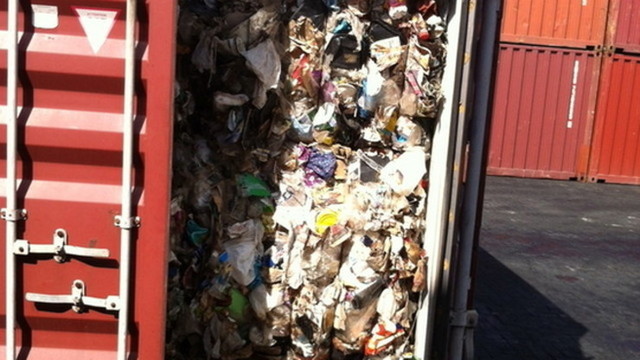Dr Abe V Rotor
Living with Nature - School on Blog
Paaralang Bayan sa Himpapawid with Ms Melly C Tenorio
738 DZRB AM, 8 to 9 evening class, Monday to Friday

Tahong and talaba (green mussel and oyster)

Sugpo (shrimp) and crabs

Shellfish and lobster

Pusit (squid)

Arusip (Caulerpa)

Talangka (mud crab)
Everywhere, anywhere it rises in communion
With all walks of life converging into a ganglion,
Serving felt needs, the yardstick of satisfaction;
Name it: seaweeds, hito, giant grouper, tahong,
Variety for all culinary, or just a meal's portion;
Buffer against force majeure and economic recession;
By any measure, sans dollar-peso conversion,
Life goes on and on, so with the whole nation.~










































